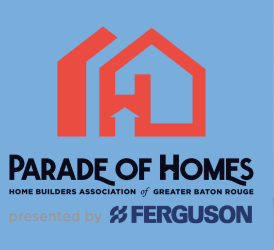
First, we need to understand what a foundation is designed to do and what the term “foundation failure” means. A foundation is essentially that part of the home below the living area that is designed to hold up and support the structure. Most often in this area that means a concrete slab sitting on the ground, or some type of raised foundation, typically constructed of wood resting on wood, brick or concrete piers. This discussion will focus on concrete slab foundations, or what is referred to in the industry as slab on grade foundations.
They are usually constructed monolithically, meaning all the concrete is poured at one time so that the foundation performs as a single entity. Concrete is comprised of water, aggregate and some form of cement, which holds everything together. It is a very strong and durable material but still has some limitations. Once concrete is poured it starts to cure, which is a chemical process and involves much more than the concrete simply drying out. This process causes some very slight shrinkage and almost always results in some minor cracks in the slab. These cracks are not considered a problem and do not represent foundation failure. Likewise, some cracking in brick or stucco veneer can be caused by several reasons that have nothing to do with the performance of the foundation. Finally, interior cracks in tile flooring or drywall finishes do not necessarily mean the foundation has failed.
If this is sounding complicated, then you are starting to understand that many things commonly associated with foundation failure may not in fact be caused by foundation issues at all. And knowing and understanding the difference can be tricky. Also, knowing how to correct the problem can be even harder to understand. Foundation repair companies have done a good job of marketing as their advertisements mention things like sticking doors, uneven floors, and cracks in bricks and sheetrock. All those things can be indications of foundation issues. Sounding more complicated and confusing? Unfortunately, there is no easy answer to this question. But there are a few things you can watch for as indicators of possible, real foundation issues. Remember the aggregate mentioned earlier? That is usually gravel. Any concrete crack wider than the size of the gravel in the concrete is a pretty good indicator of serious foundation issues and potential failure. But keep in mind that foundation failure does not mean the roof is falling in and can almost always be repaired.
Contacting a licensed professional to look at your home and make an informed opinion can be the best approach to understanding what is really happening to your house and how to get it back on solid footing for years to come. HOUSETIPS‘ goal is to help homeowners understand their home’s various systems and provide insight into common and unusual problems that may arise. If you have any questions, please contact us today!



